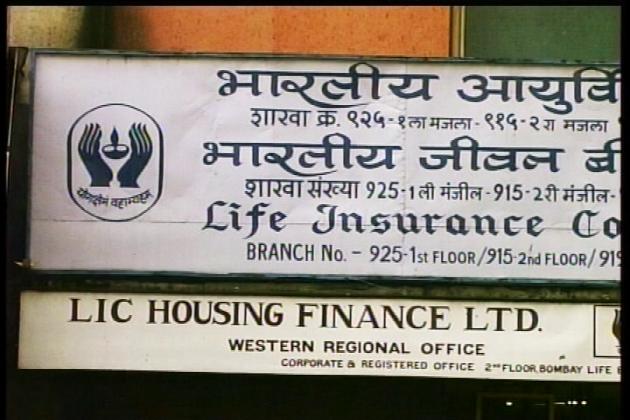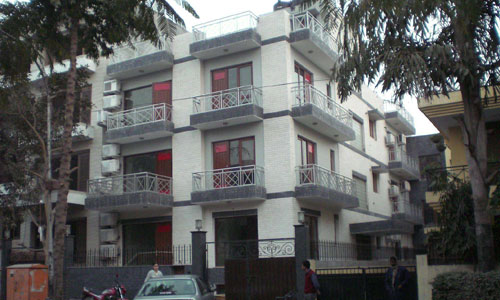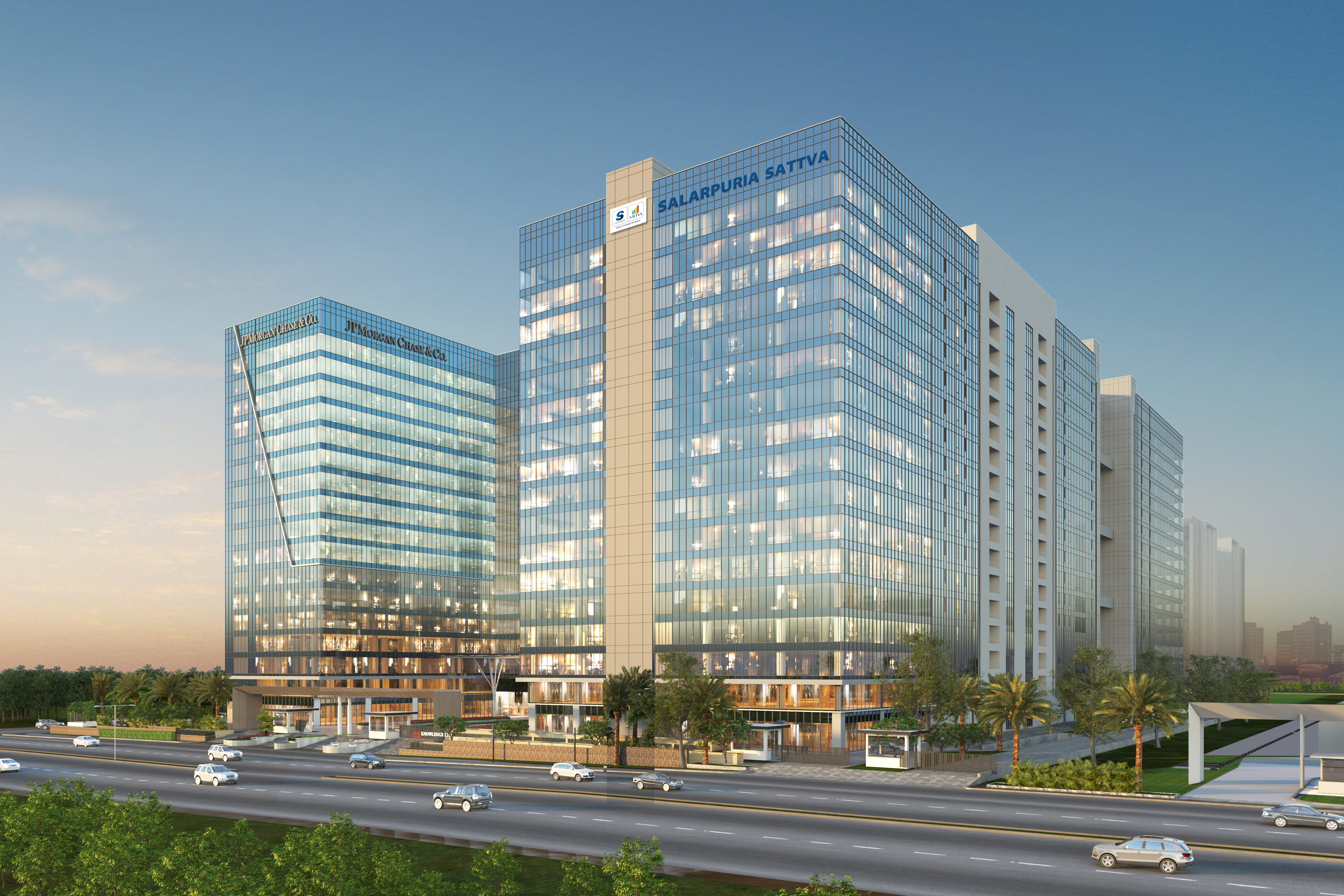
Marketing & Brokerage course by NIREM
Property management as a subject of specialized study has hardly been discussed in India. While the industry gropes with the huge manpower shortage in almost all functional areas of real estate including property sales, marketing & brokerage, expertise is hardly available in the industry.










